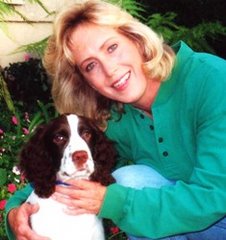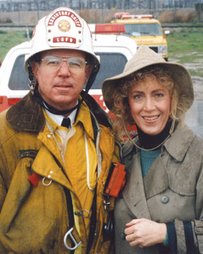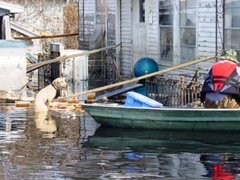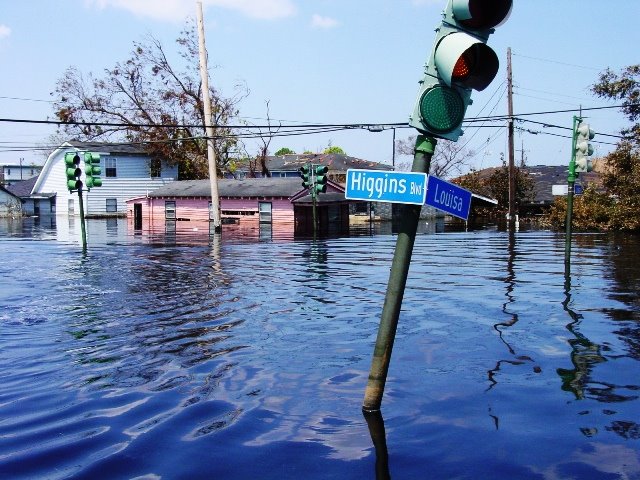Doing good (and doing it well)
By Gordon Brown
Lawrence Today magazine, Spring 2007
THE SWIFTWATER RESPONDEROne alumna’s response to tragedy, expressed in advocacy, alerted her community to a lurking danger and led to solutions that addressed it.In 1980, Nancy Rigg ’72 and her fiancé, Earl Higgins, were walking near the flood-swollen Los Angeles River when they noticed a child in the turbulent waters.
Earl stepped into the torrent to attempt a rescue but was swept downstream along with the child. The child somehow survived, but Earl disappeared and his remains were not recovered until nine months later.The problem, Rigg soon found, was that 11 different agencies shared jurisdiction over a 30-mile stretch of the river.
They could not communicate with each other, the river had never been mapped for rescue locations, and none of the area’s first-responders were trained in rescue techniques specific to fast-flowing rivers.“Earl was swept downstream past would-be fire-rescue personnel who had neither the training nor equipment needed to mount a safe or effective ‘swiftwater’ rescue,” she says.
A writer and filmmaker by trade, her efforts on behalf of swiftwater rescue ranged from writing op-ed pieces, to producing an educational video, “No Way Out,” to writing an episode of “Baywatch” about swiftwater-rescue techniques. She devoted not weeks, but years, to bringing the issue of river safety to the attention of the public and civic authorities.
As a direct result of her efforts, in 1992 a pioneering multi-agency, multi-jurisdictional swiftwater rescue program was launched in Los Angeles.Rigg traces her method and motivation back to a small college in Wisconsin.“One professor who influenced me tremendously was George Walter, who firmly believed in the power of education to create positive change. Educating people about the dangers posed by swift-moving floodwater has been one of the most challenging things I’ve ever tackled.“
For someone who majored in theatre to need to converse in the language of geology, geomorphology, hydrology, and other sciences, as well as the language of emergency response, technical search and rescue, firefighting, and disaster preparedness may seem academically incongruous, but it is not. To gain respect and have my ideas taken seriously, I had to learn to ‘walk the walk and talk the talk,’” Rigg says.
As the years went by, her efforts expanded beyond California. In 2000, the day before the 20th anniversary of her fiancé’s death, she was in Washington, D.C., testifying before the first-ever House subcommittee hearing on flood-water rescue. Still, change at the federal level has been slow.
“Had Congress taken more action in 2000, rather than merely taking copious notes, the tragedy that unfolded along the Gulf Coast in 2005 might have been averted, at least in terms of water rescue and lifesaving,” she says, sadly.
She notes that at least one improvement was made at the federal level during Katrina. For the first time ever, all eight urban search and rescue teams from California were deployed by FEMA with swiftwater rescue components. Unfortunately, Rigg says, it was “too little, too late” to serve those who most needed to be rescued from the flood zone.“
We owe it to people everywhere, especially children, to educate them about the dangers of fast-moving floodwater, and we must ensure that, when someone dials 9-1-1, the emergency responders who are called into action have the technical swiftwater/flood-rescue skill needed to save lives.”
Today, Nancy Rigg’s writing appears regularly in professional fire and rescue journals, she has consulted with first-responder groups around the country, and she hosts an online newsgroup for rescue personnel and an online grief-support group. She has been called “the mother of swiftwater rescue.”
http://www.lawrence.edu/news/pubs/lt/spring07/good.shtml
Subscribe to:
Post Comments (Atom)





No comments:
Post a Comment